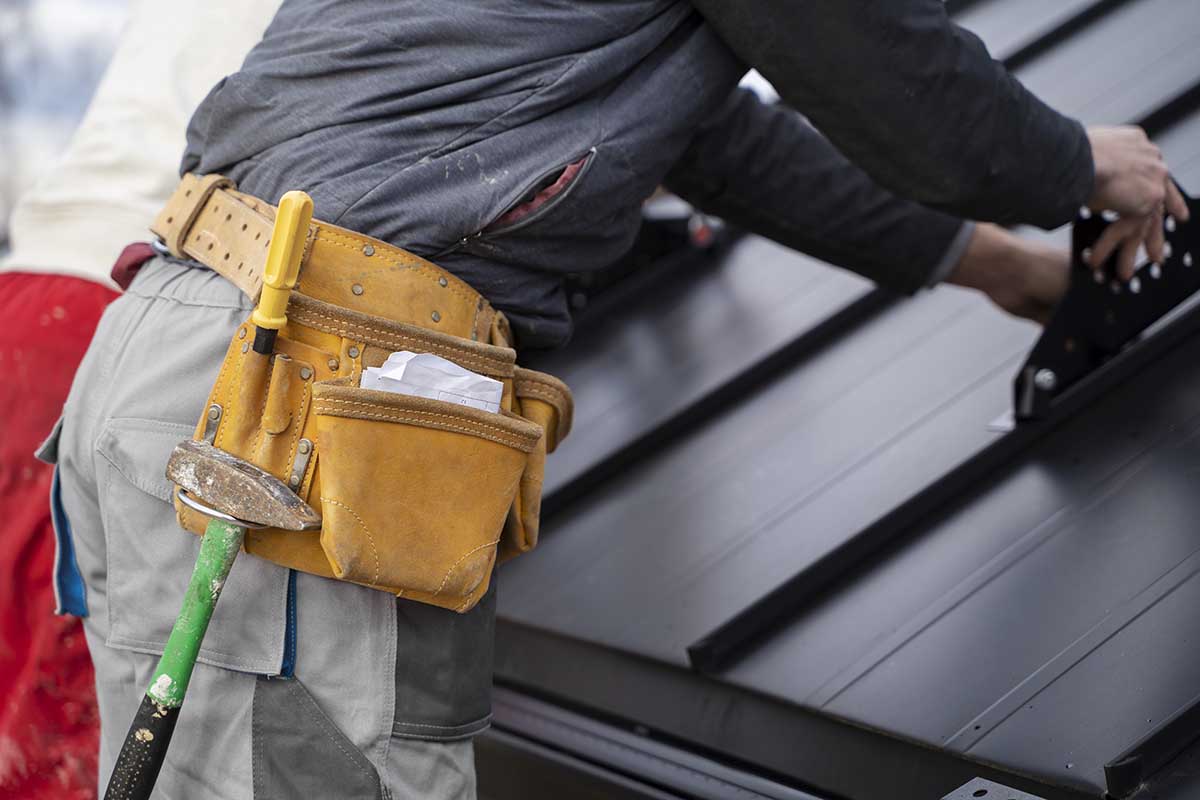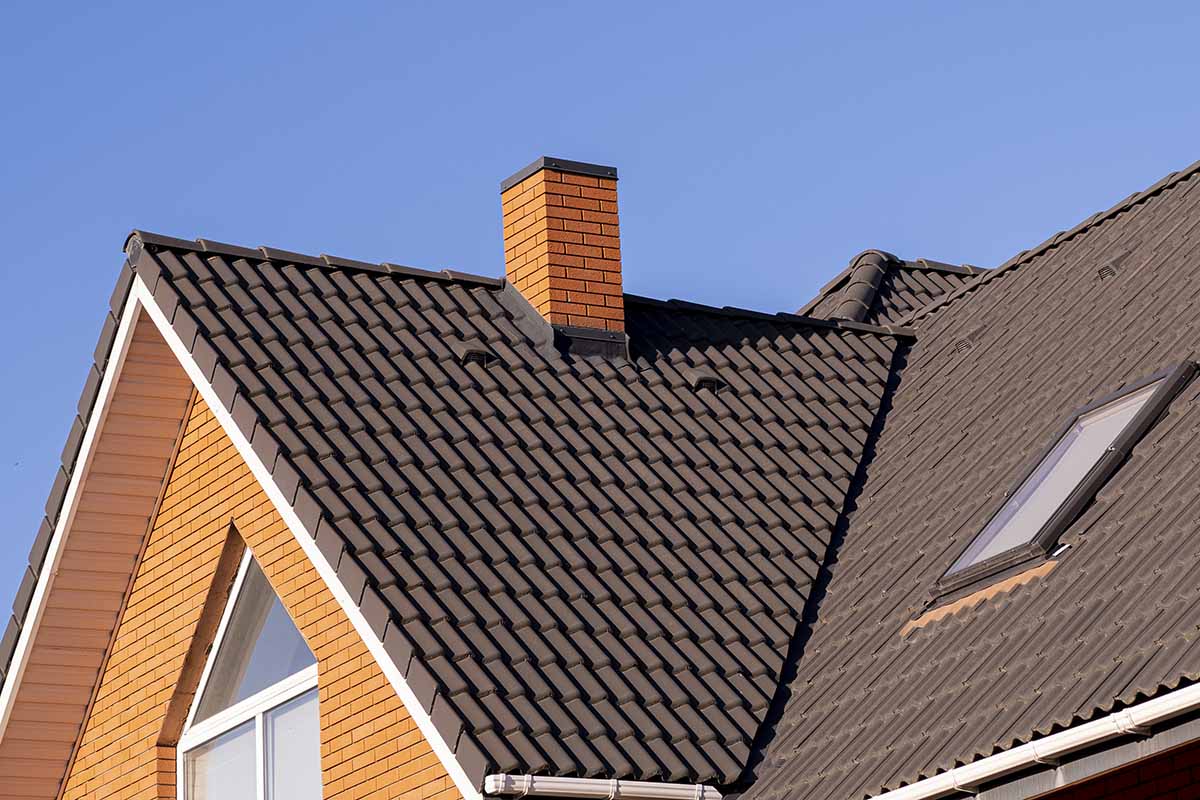Flashing Brilliance: Understanding and Choosing Roof Flashing Types
Roof flashing might not be the first thing on your mind regarding home improvement, but trust me, it’s a game-changer. Picture this: a roof without proper flashing is like a cake without frosting – incomplete and prone to disaster. In this guide, we’re diving into roof flashing, demystifying the jargon, and helping you choose the right type for your home. So, buckle up – we’re about to make your roof as brilliant as the stars.
The Basics: What’s Roof Flashing, Anyway?
Let’s start with the basics. Roof flashing is like the unsung hero of your roofing system. It’s a protective barrier designed to keep water out and prevent those pesky leaks. Without it, rainwater would sneak into every nook and cranny of your home, causing havoc. Flashing, in essence, directs water away from vulnerable areas, ensuring your house stays dry even during the heaviest downpours.
Types of Roof Flashing
Now, let’s talk about the different roof flashing types. It’s not a one-size-fits-all situation – each type serves a specific purpose, much like different tools in a handyman’s toolbox.
- Step Flashing
Imagine step flashing as the elegant dancer of the roofing world – it gracefully wraps around the intersecting points where the roof meets a vertical surface, like a wall. This type of flashing is particularly effective in preventing water from seeping into those tricky nooks and crannies.
- Drip Edge Flashing
Think of drip edge flashing as the superhero cape for your roof. It’s installed along the edges of your roof, guiding rainwater away from the fascia and preventing it from causing damage. Without drip edge flashing, your roof edges would be vulnerable to water infiltration, leading to potential structural issues down the line.
- Valley Flashing
Valley flashing is like the mediator in a family dispute – it settles conflicts where two roof planes meet. Installed in the valleys formed by these intersections, it ensures that water flows smoothly down the roof without causing trouble. A well-installed valley flashing can make your roof as resilient as a superhero in the face of a storm.
- Vent Pipe Flashing
Meet the vent pipe flashing – the Sherlock Holmes of the roofing world. It covers the vulnerable openings around vent pipes, preventing water from sneaking into your attic. Without it, your home might be playing host to an unwelcome guest – water damage.
Choosing the Right Flashing for Your Roof
Now that we’ve got a grip on the types, let’s dive into the nitty-gritty of choosing the right flashing for your roof. It’s not rocket science, but it requires some know-how.
- Material Matters
Just like choosing the right outfit for an occasion, selecting the appropriate flashing material is crucial. Common materials include aluminum, copper, and galvanized steel. Each has pros and cons, so consider factors like durability, cost, and climate when choosing.
- Seamless Integration
Flashings should seamlessly integrate with your roofing system. It’s like finding the perfect puzzle piece – it must fit just right. Improperly installed or mismatched flashings can compromise their effectiveness, so make sure they complement your roofing material and design.
- Weather Considerations
Your roof faces the elements day in and day out, so choosing flashings that can withstand the weather is essential. If you live in an area with heavy rainfall, opt for flashings with a higher water-shedding capacity. If you’re in a coastal region, corrosion-resistant materials like copper might be your best bet.
Installation: DIY or Call in the Pros?
Now, the million-dollar question – should you attempt to install flashing yourself, or is it a job best left to the pros? Installing flashing is a skilled task that requires precision and experience. While some DIY enthusiasts might successfully tackle simpler flashing projects, calling in the experts is generally advisable. After all, you wouldn’t perform open-heart surgery on yourself, would you?
Flashing Maintenance: Out of Sight, Not Out of Mind
Once your flashing is in place, it’s easy to forget. However, just like any other part of your home, it requires regular maintenance. Check for rust, corrosion, or any signs of wear and tear. A stitch in time saves nine – fixing minor issues promptly can prevent major headaches.
Conclusion
And there you have it – a crash course in the world of roof flashing. It might not be the sexiest topic, but when it comes to protecting your home, it’s a star player. So, the next time you look up at your roof, give a nod of appreciation to the flashing – the unsung hero keeping your home safe and dry. After all, a well-flashed roof is a brilliant roof!




















